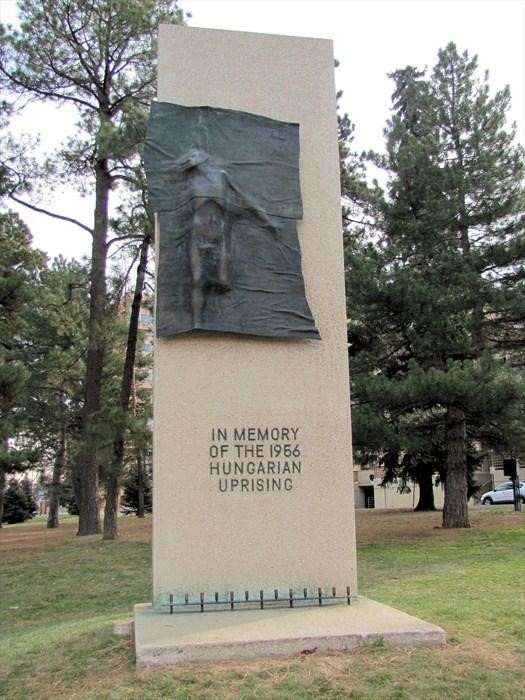Around 600 Hungarians and Americans gathered on October 23, 1966 to inaugurate the United States’ first memorial to the 1956 Freedom Fighters in Denver, Colorado. It’s not commonly known, but this indeed is the first site in the entire US where a 1956 revolutionary memento was established.
It was organized by the Hungarian Club of Colorado, and within that, that Memorial Committee. The park lies along the banks of the Cherry Creek and beside the East Speer Boulevard and was actually planned by a Hungarian engineer in the beginning of the 19th century.
At its inauguration in 1966– and simultaneously the tenth anniversary of the 1956 revolution– Colorado’s governor at the time, John Love, and Denver’s mayor, Tom Currigan, were present at the ceremonies as well.
Initially, the “Hungarian Freedom Park” was also home to a temporary, wooden plaque commemorating the 1956 Freedom Fighters. By October 1968, a permanent, lasting memorial was erected in the form of a bronze statue of a boy attempting to break through an iron curtain.


